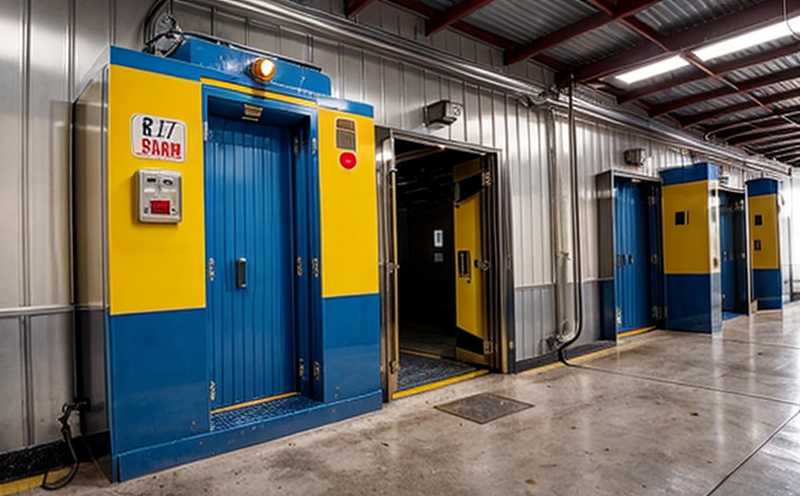Traction elevator inspection
In the realm of elevator and escalator systems, traction elevators play a crucial role in vertical transportation. These systems are essential for both residential and commercial buildings, providing safe and efficient movement for passengers and goods. The integrity of these elevators is paramount to ensure public safety and comply with international standards.
The process of traction elevator inspection involves a thorough examination of the mechanical components that contribute to the smooth operation of the elevator. This includes the motor-generator sets, control systems, braking mechanisms, and the hoistway machinery. Each component must function in harmony for the elevator to operate safely and efficiently.
Inspectors must adhere to international standards such as ISO 18007:2016, which provides guidelines for the inspection of traction elevators. This standard ensures that all aspects of the system are evaluated comprehensively, from the electrical components to the physical structure. Compliance with these standards is crucial not only for legal reasons but also to ensure the longevity and reliability of the elevator.
The inspection process typically begins with a visual examination of the hoistway and car interior. This initial step allows inspectors to identify any obvious signs of wear or damage. Following this, they proceed to measure critical dimensions such as the distance between the car guide shoes and the rail guides. These precise measurements are essential for ensuring that the elevator operates smoothly and safely.
In addition to visual inspections and dimensional checks, inspectors may also employ non-destructive testing methods such as ultrasonic testing or eddy current testing. These advanced techniques allow for the detection of internal flaws in components that might not be visible during a standard inspection. Ultrasonic testing, for example, can identify cracks or other anomalies in metal components without causing damage to the material.
Once all inspections are completed, the data collected is analyzed and compiled into a detailed report. This report serves as a comprehensive record of the elevator's condition and identifies any areas that require further attention or repair. The report is crucial for both maintenance purposes and regulatory compliance.
The importance of regular traction elevator inspection cannot be overstated. By adhering to strict standards and conducting thorough inspections, we ensure that these vital systems continue to operate safely and efficiently. This proactive approach not only enhances safety but also extends the life of the equipment, reducing the need for costly repairs or replacements.
Benefits
- Enhanced Safety: Regular inspections ensure that all components are functioning correctly, thereby preventing accidents and injuries.
- Extended Equipment Life: By identifying wear and tear early, maintenance can be scheduled to extend the life of the elevator.
- Compliance with Regulations: Adhering to international standards ensures that all inspections meet legal requirements.
- Cost Savings: Early detection of issues prevents costly repairs or replacements down the line.
Environmental and Sustainability Contributions
The traction elevator inspection process contributes positively to environmental sustainability by promoting efficient use of resources. By ensuring that elevators operate at peak efficiency, less energy is consumed, leading to reduced carbon emissions.
In addition, the proactive maintenance identified during inspections helps avoid breakdowns and unnecessary downtime. This ensures that buildings continue to function effectively without the need for extended periods of inactivity or additional energy consumption while waiting for repairs.
Competitive Advantage and Market Impact
By maintaining a high level of safety and efficiency, traction elevator inspection contributes significantly to the competitive advantage of businesses. Organizations that prioritize safety and compliance are more likely to maintain their reputation as reliable partners in any industry.
The demand for sustainable practices is growing across all sectors, and adherence to environmental standards during inspections aligns with broader market trends. This commitment to sustainability can enhance a company’s image and appeal to environmentally conscious consumers and stakeholders.





